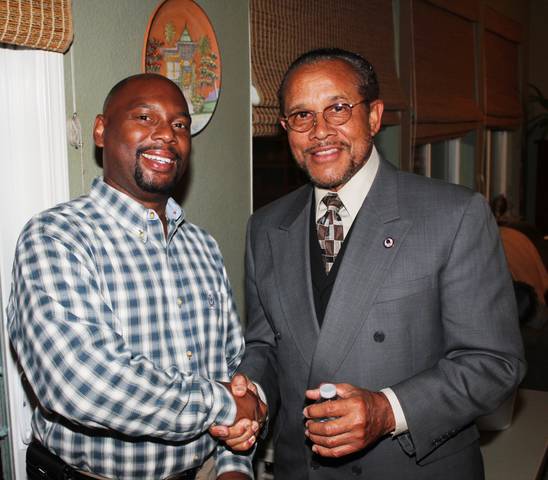* Drug, Jail and Recidivism Programs, CA, DC, FL, TX, NY, WA, etc.
* Capital Improvement Projects (Brick and Mortar Buildings)
Scrutinizing Previous Strategies
America and other countries believe young adults deserve a good paying job. Yet, current federal, state, and local initiatives are in disarray. Many states still separate, channel and track students for either college or work after high school. Strapped for funding, vocational education and training programs are rare, where districts opt-out offering only college-prep tracks for every student.
Nationally, this has forced skill trade teachers to leave districts in droves to pursue higher paying private industry jobs. Pressured from every angle to prepare students for college, those institutions are struggling to accept them all. This employer-driven strategy works great for high-tech firms. But fails smaller firms miserably; including communities dependent on locally grown skilled workers. Having huge numbers of talented high school or college grads available for corporations to hire is admirable, but for dropouts and those lacking a skill, it's become a strategic nightmare for Americans and communities trying to aid them.
Face it: 1) Not all high school students will, or for that matter should, or don't want togo to college; and 2) Governments don't create jobs, they tax them after-the-fact. So, job-creating efforts originate from the ground up: not top-down. That suggests small businesses; yes communities, schools and localities must share the responsibility for creating youth employment.
Millennium Wrap: America is Hiring Now!
Millennials, those born after 1984, are seeking partners, not prophets, to succeed. Most believe, some feel endowed, that pushing the envelope renders them the best jobs. That's isn't the case for dropouts, push-outs or those lacking training or skill: only menial jobs are left for them.
Between 2007 and 2013, nearly 1.2 million youth, ages 16-24 old, were neither in a school nor employed. Summer jobs for typically have higher labor force participation rates (LFPRS) for this group. (5) However, non-college bound students face stiff competition from those in college or a university, as such, may be forced to work under-the-radar just to survive. Despite the hype, hanging-out at Starbucks browsing their Facebook page won't find them a job either. At last check, felons can neither find good jobs nor vote in America. This creates a challenge for municipalities: globally as well.
Auspiciously, recent acts of global terrorism may offer a silver lining for America. Especially, if policy makers use events to repeal a national message of "No Hope Here", to that of "Youth Wanted: America is Hiring Now", America can get back in the business of hiring youth. Albeit a pygmy effort, it serves a selfish, twofold purpose. First, it rekindles faith in America now viewed as passe by a generation of, future tax-paying, youth. Second, it validates a new ideology (ownership) for Americans: one that protects them from being led blindly into dead-end jobs.
What Can America Do Differently?
Municipalities are pivotal agents for creating jobs forming young minds to mitigate violence. They must restructure how scarce federal/state/local dollars are deployed. Here are examples:
* Utilize jobs and work to lure youth, parents, employers and LEAs back to the table.
* Conduct periodic local/regional needs assessments; share data broadly within those regions to create jobs targeting potential youth apathy, interest and/or violence.
* Establish Job Banks where community stakeholders can deposit job openings for all youth, form dependent public/private partnerships to tackle systemic barriers preventing hiring youth.
(Note: You can view every article as one long page if you sign up as an Advocate Member, or higher).





